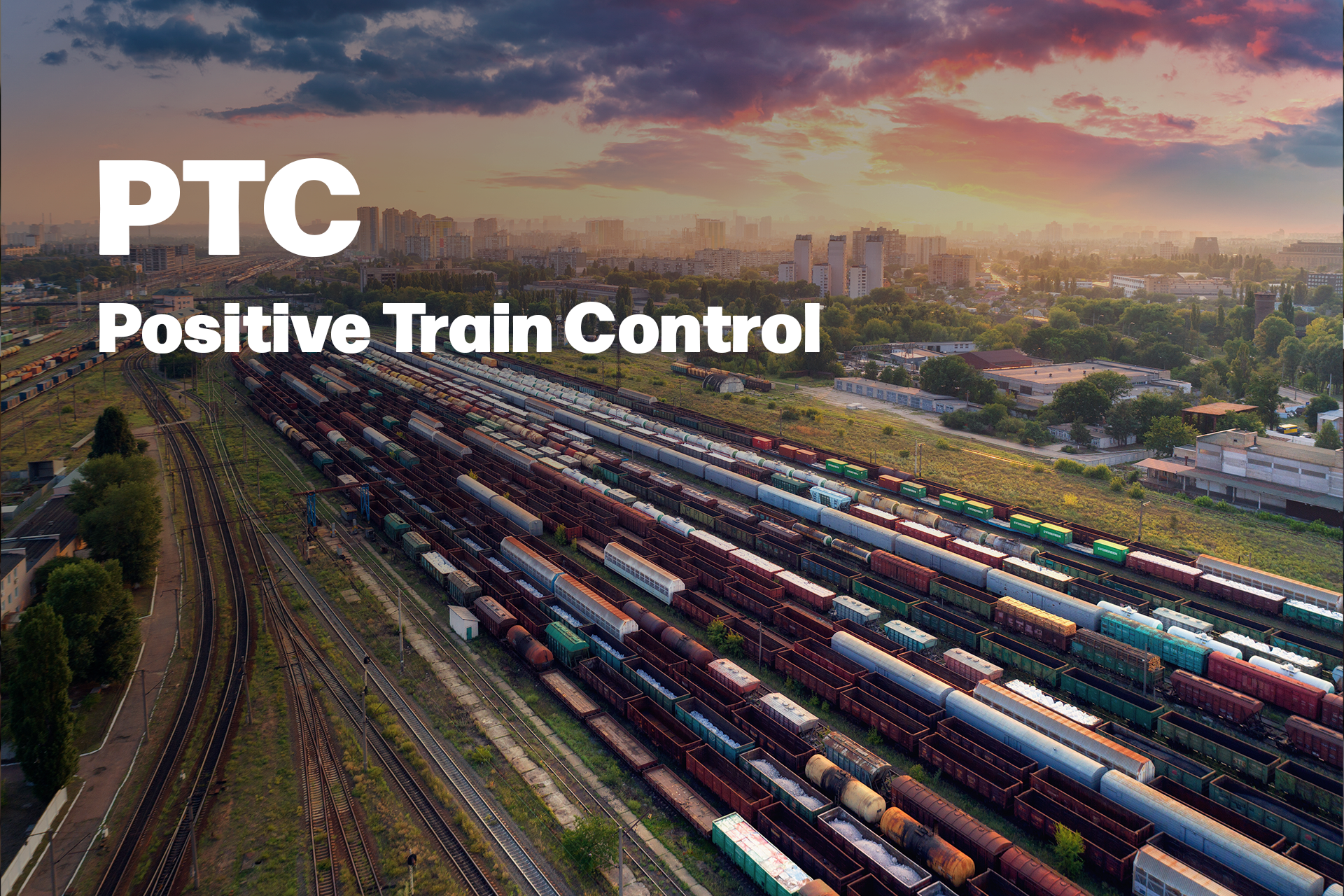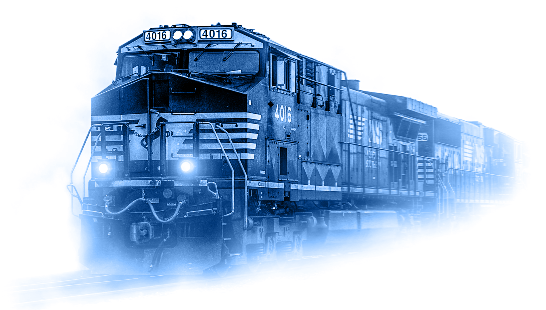Fail-Safe Relays in Rail Safety
In the ever-advancing world of rail automation, safety remains the first priority. Fail-safe relays have emerged as unsung heroes, making substantial contributions to rail automation and safety. These critical components play a pivotal role in ensuring the reliability and integrity of railway systems, preventing catastrophic failures and enhancing the overall safety of rail operations.
What are Fail-Safe Relays?
Fail-safe relays are essential components of railway signaling and control systems designed to operate in a manner that minimizes the risk of system failure. These relays are engineered with the principle of defaults – in the event of a power loss or malfunction, fail-safe relays automatically revert to a safe state, preventing unsafe conditions and ensuring the integrity of rail operations, preventing signal errors, track misalignments, or other critical failures that could lead to accidents.
Significance in Signaling Systems
Fail-safe relays are integral to signaling systems, ensuring that signals accurately reflect the state of the railway network. In the absence of a fail-safe mechanism, signal failures could result in miscommunications between trains, leading to potential collisions or derailments. Fail-safe relays act as failover mechanisms, guaranteeing the continued safe operation of signaling systems.
Crucial Role in Interlocking Systems
Interlocking systems, which control the movement of trains through complex rail junctions and intersections, rely heavily on fail-safe relays. These relays prevent conflicting movements, ensuring that switches and signals operate in harmony to avoid collisions and maintain the overall safety of train movements.
Integration with Positive Train Control (PTC)
Fail-safe relays play a crucial role in the integration of Positive Train Control systems. PTC systems use fail-safe principles to automatically intervene and control train movements in situations where safety thresholds are at risk of being breached. Fail-safe relays contribute to the robustness of PTC systems, enhancing overall safety.
Redundancy and Reliability
Rail systems operate in dynamic and challenging environments. Fail-safe relays provide redundancy and reliability by offering alternative paths for signaling and control in case of a component failure. This redundancy is a cornerstone in the design of fail-safe systems, ensuring continuous operation even in the face of unexpected challenges.
Adaptability to Evolving Technology
As rail automation technologies evolve, fail-safe relays remain adaptable and continue to play a vital role. Whether in traditional relay-based systems or modern computer-based interlocking systems, fail-safe principles persist, ensuring that safety is not compromised with technological advancements.
Types of Train Relays
Various types of fail-safe relays are employed in rail systems, each designed to address specific needs and functions. Here are some common kinds of fail-safe relays used in rail applications.
Track Circuit Relays
Track circuit relays are fundamental to railway signaling systems. They are responsible for detecting the presence of trains on a specific section of track. In the event of a failure or loss of power, fail-safe track circuit relays ensure that the signals revert to a safe state, preventing the possibility of false indications that could lead to accidents.
Point (Switch) Position Relays
Point position relays are essential for ensuring the proper alignment of switches or points in railway track configurations. These relays detect the position of the switch and help prevent conflicting movements. Fail-safe mechanisms in point position relays guarantee that switches automatically assume a safe position in the event of a power outage or malfunction.
Interlocking Relays
Interlocking relays are crucial components of interlocking systems, which control the movement of trains through complex junctions and intersections. These relays ensure that conflicting routes are not set, and signals are coordinated to prevent collisions. Fail-safe interlocking relays automatically enforce safe conditions in the event of a failure, maintaining the overall safety of train movements.
Signal Relays
Signal relays are responsible for controlling railway signals, conveying information to train operators about the state of the track ahead. Fail-safe signal relays ensure that signals default to a safe aspect in case of a failure, preventing potentially hazardous situations such as incorrect or conflicting signal indications.
Axle Counter Relays
Axle counters are used to detect the presence of trains by counting the axles passing a specific point. Fail-safe axle counter relays ensure accurate axle counting and, in case of a malfunction, trigger safe responses to prevent signal and track misalignments.
Emergency Stop Relays
Emergency stop relays are designed to respond to critical situations by triggering an immediate halt in train movements. Fail-safe features in these relays ensure that, in the event of a failure, an emergency stop is enforced to prevent accidents.
Positive Train Control (PTC) Relays
PTC relays are integral to Positive Train Control systems, which enhance safety by monitoring and controlling train movements. Fail-safe PTC relays contribute to the reliability of these systems, intervening in situations that pose a safety risk and ensuring the implementation of fail-safe measures.
Redundant Relays
In critical applications, redundant fail-safe relays are often used to provide an extra layer of safety. Redundancy involves the use of parallel relay circuits, and if one circuit fails, the redundant circuit takes over to maintain continuous and fail-safe operation.
These types of fail-safe relays collectively contribute to the robustness of rail systems, enhancing safety and preventing accidents by ensuring that, in the face of failures or malfunctions, the system defaults to a secure state. The specific choice of fail-safe relays depends on the particular application and the safety requirements of the railway system.


1501 Venera ave Suite 320A Coral Gables, FL 33146
+55 11 985974011 (Brazil)
+1 614 302 1900 (USA)
Intertech Rail 2024 - All Rights Reserved







